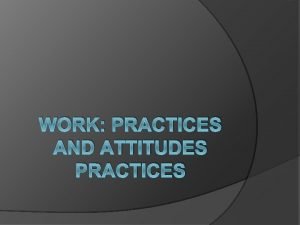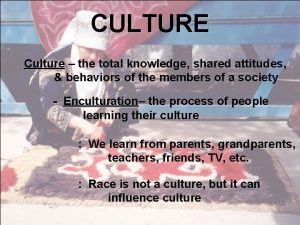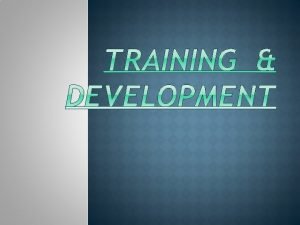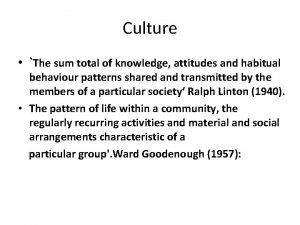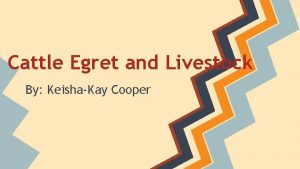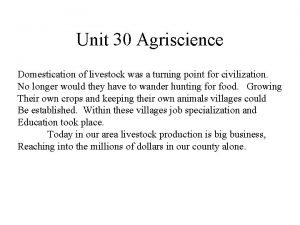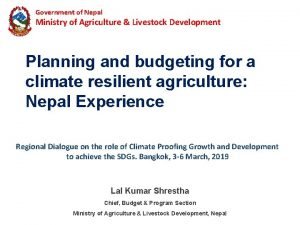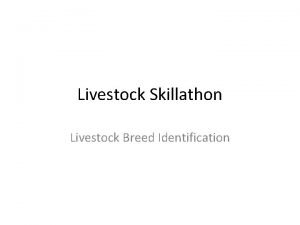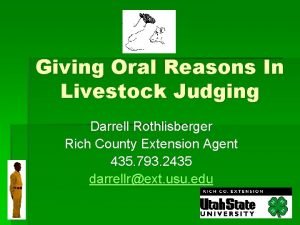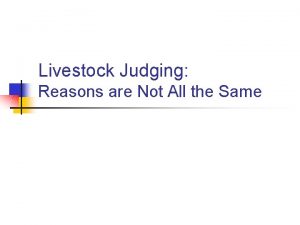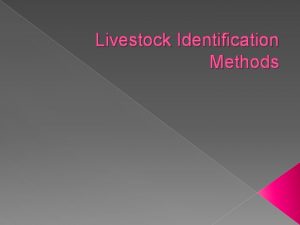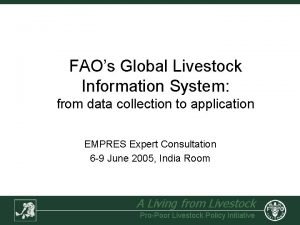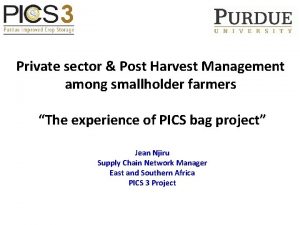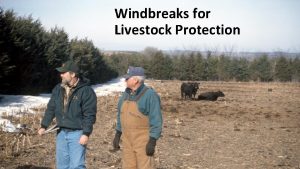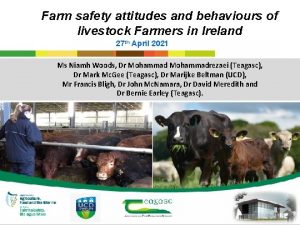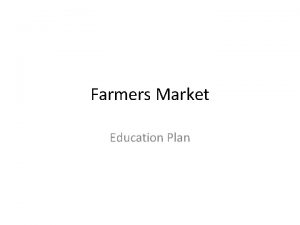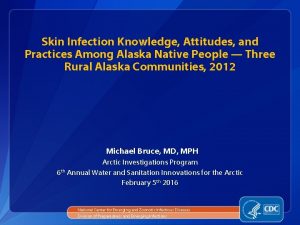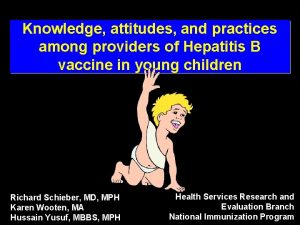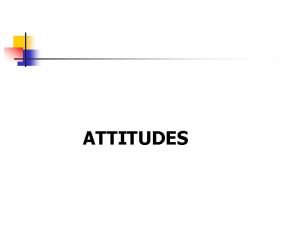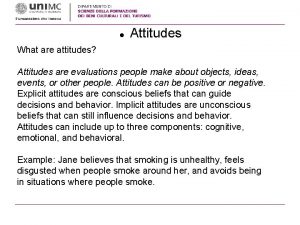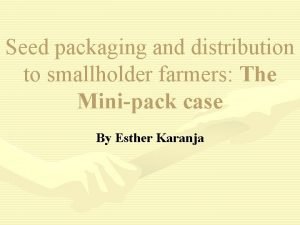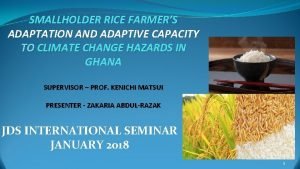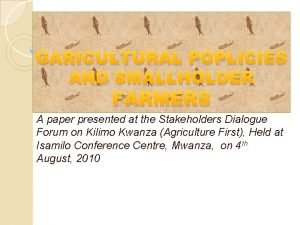Knowledge attitudes and practices among smallholder livestock farmers














- Slides: 14

Knowledge, attitudes and practices among smallholder livestock farmers in Africa: Showing unmet research needs Delia Grace and Arshnee Moodley Virtual conference on Translating antimicrobial resistance research and development mapping into policy and action 2 December 2020

CGIAR and ILRI Reduce poverty Improve food and nutrition security Improve natural resources Livestock contribute to all 17 of the SDGs and directly to at least 8 of the goals Tackling AMR is crucial to achieving the UN SDGs: direct and indirect impacts

CGIAR AMR Hub mitigating agricultural associated AMR risks Many National partners e. g. For more information www. amr. cgiar. org

Why focus on smallholder livestock farmers? Market value of Africa’s animal-source foods will grow to ∼$151 billion by 2050 (from ∼$37 bn in 2019) Most livestock products are sold locally and informally Of the over half a billion small holder mixed croplivestock farmers in the world, two-thirds of livestock keepers are rural women Source: Options for the Livestock Sector in Developing and Emerging Economies to 2030 and Beyond. World Economic Forum White Paper January 2019

AMR challenges in livestock sector in LMICs: need to understand drivers of AMUSE Livestock questionnaire tested in Ethiopia, Kenya and Uganda

What happens if an animal is sick? Low- and middle-income setting Many factors influence this decision tree Most farmers are not aware of the withdrawal period rule, and amongst those that know, many do not respect it

AMR interventions in LMICs for smallholder livestock farmers • Regulations on access and use • • Alignment with National Action Plans Establishing AMR and AMU surveillance programmes Awareness and education campaigns Cost effective alternatives Improving herd health and biosecurity Improved access to veterinary services Consumer drive and willingness to pay Incentives to change behaviour Draw on our lessons from food safety interventions

Donor fund initiatives • Donor funded projects have a specific time frame • Investment areas may not always align with reality on the ground SUSTAINABILITY?

We can’t regulate our way to reducing AMU and AMR Regulation is needed but it’s not enough Kenya: Drugs sold by prescription only Reality: Drugs are sold without prescriptions Kenya: Agrovets are trained and registered with the Kenya Veterinary Board Reality: Most agrovets employ unqualified staff that dispense drugs and advice to farmers. Around 80% of farmers rely on untrained animal health providers Informal sector fills a gap that the formal sector cannot Limited resources to enforce regulations Modernisation is slowly growing But traditions persist

We can’t train our way to reducing AMU and AMR Capacity building is useful if incentives are in place • Training not just about knowledge transfer - this is not enough • Trainings need follow up – to reinforce and have a behaviour change • Investments to improve or change behaviour have to be coupled with incentives • Willingness to pay: people don’t have economic power

Making an investment case: What do we know? LMICs How much human AMR comes from agriculture? Don’t Know Interventions shown to reduce use at scale No Interventions are affordable Don’t know Interventions are feasible Maybe, maybe not Unintended negative consequences Maybe large Effect on human and animal overall well-beings Don’t know

Overview AMR is a big mountain to climb Slide from B. Wieland

AMR is a big mountain to climb Slide from B. Wieland

Acknowledgements to colleagues Michel Dione, Barbara Wieland, Hu Suk Lee, Kristina Roesel, Eric Fèvre, Fred Unger, Bernard Bett, Hung Nguyen-Viet and Ulf Magnusson better lives through livestock ilri. org ILRI thanks all donors and organizations who globally supported its work through their contributions to the CGIAR system This presentation is licensed for use under the Creative Commons Attribution 4. 0 International Licence.
 Work practices and attitudes
Work practices and attitudes The total knowledge shared attitudes and behaviors
The total knowledge shared attitudes and behaviors Training is the act of increasing the
Training is the act of increasing the The total of knowledge shared attitudes
The total of knowledge shared attitudes Cattle egret and cattle symbiotic relationship
Cattle egret and cattle symbiotic relationship Unit 30 agriscience
Unit 30 agriscience Ministry of agriculture and livestock development
Ministry of agriculture and livestock development Knowledge creation and knowledge architecture
Knowledge creation and knowledge architecture Livestock breed identification sheep
Livestock breed identification sheep Livestock judging oral reasons
Livestock judging oral reasons Livestock judging reasons examples
Livestock judging reasons examples Livestock risk management brokers near me
Livestock risk management brokers near me Livestock classification chart
Livestock classification chart Livestock identification methods
Livestock identification methods Livestock information system
Livestock information system
